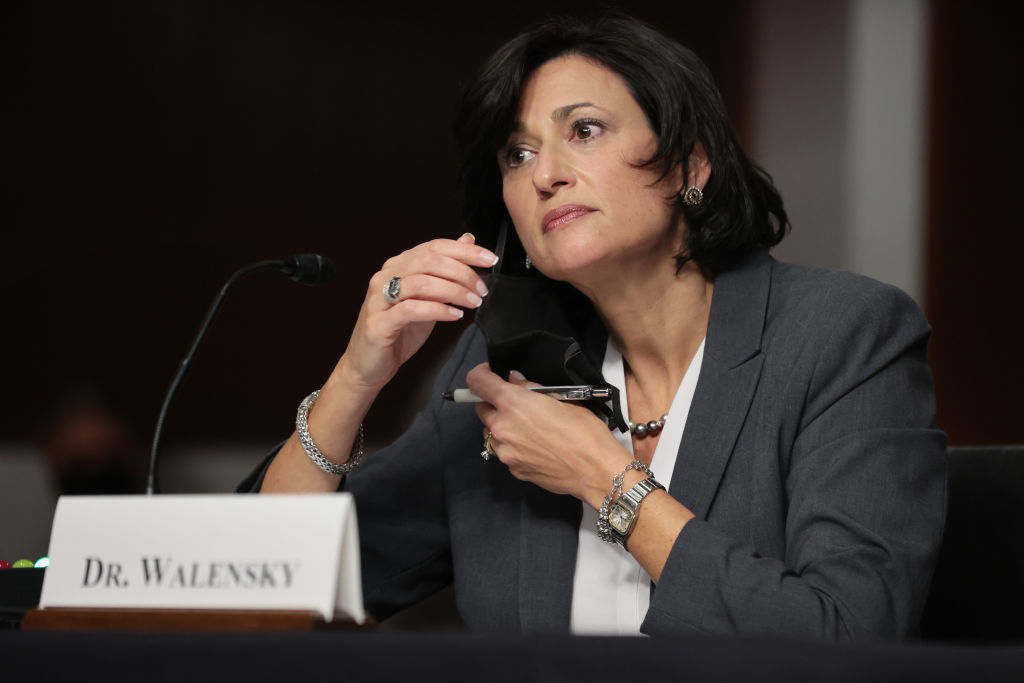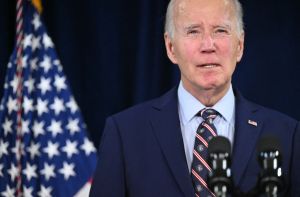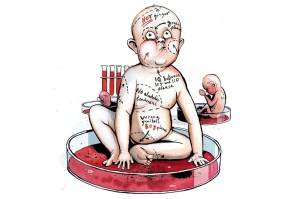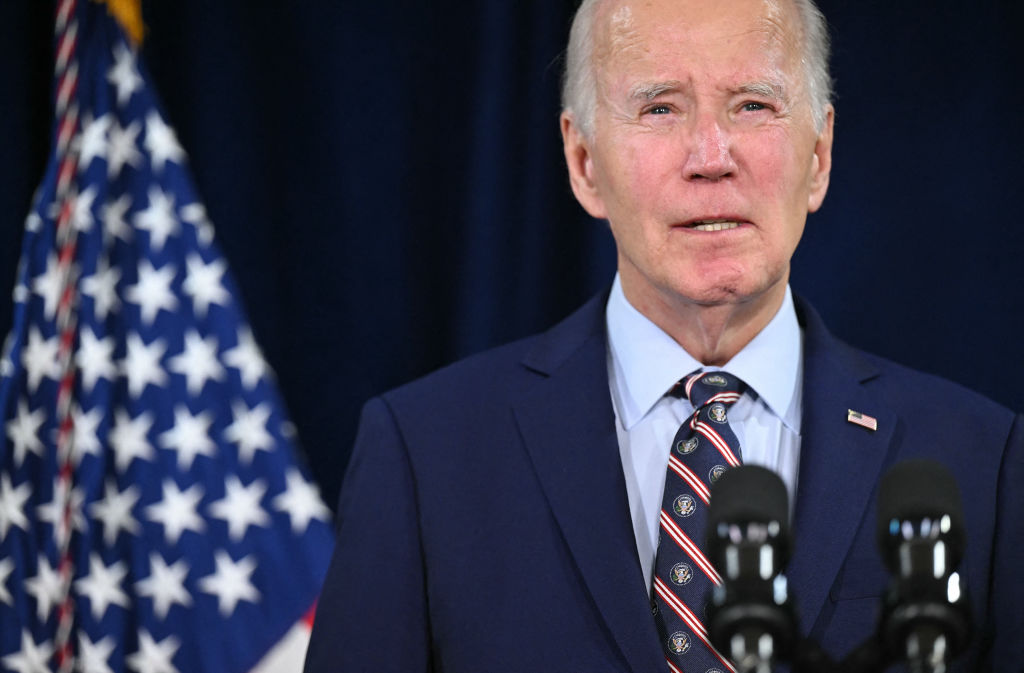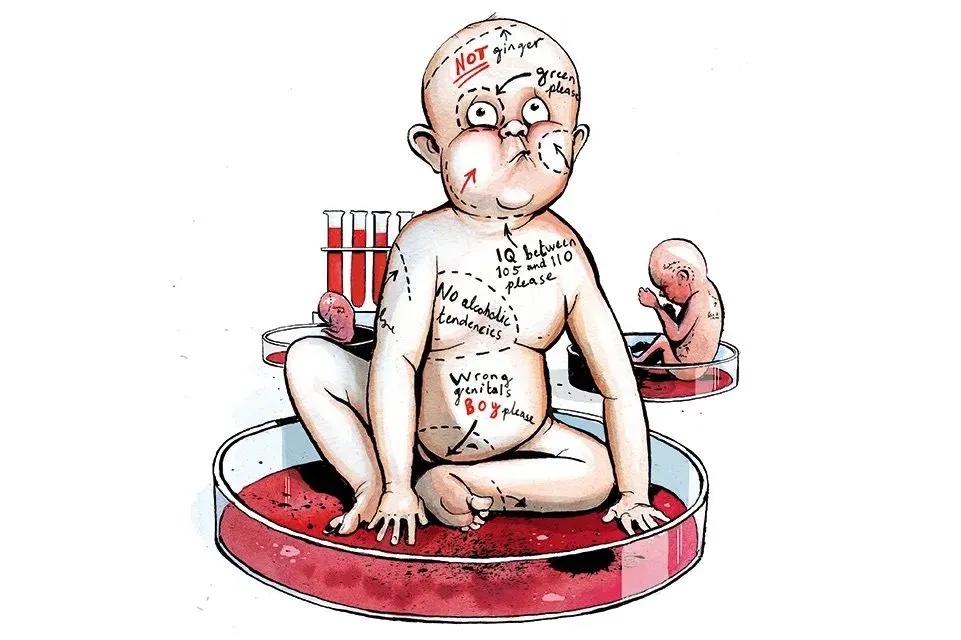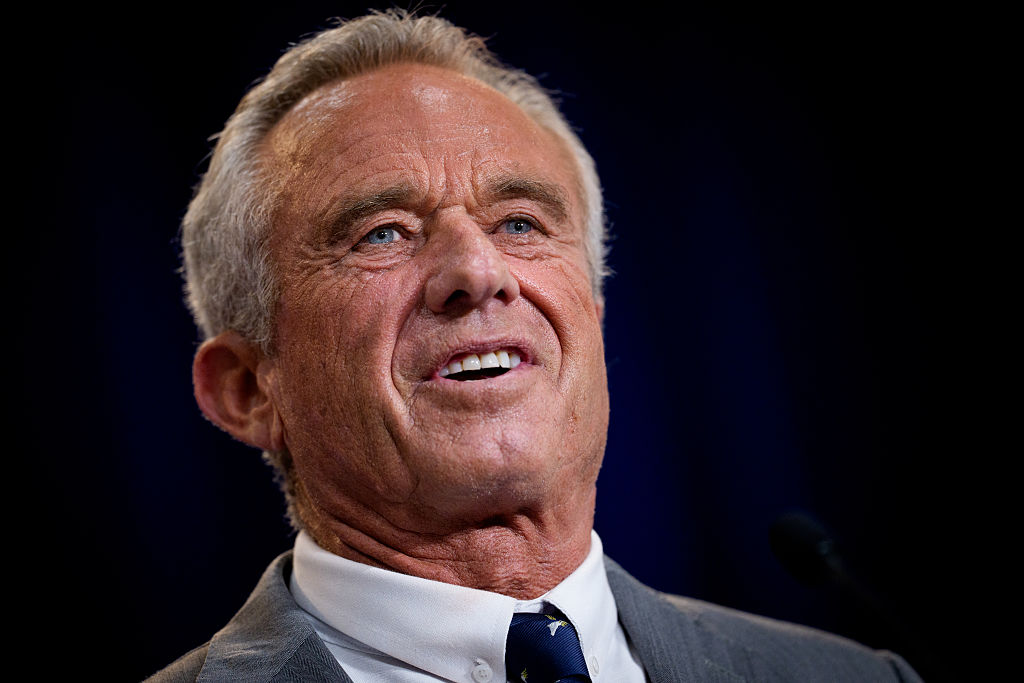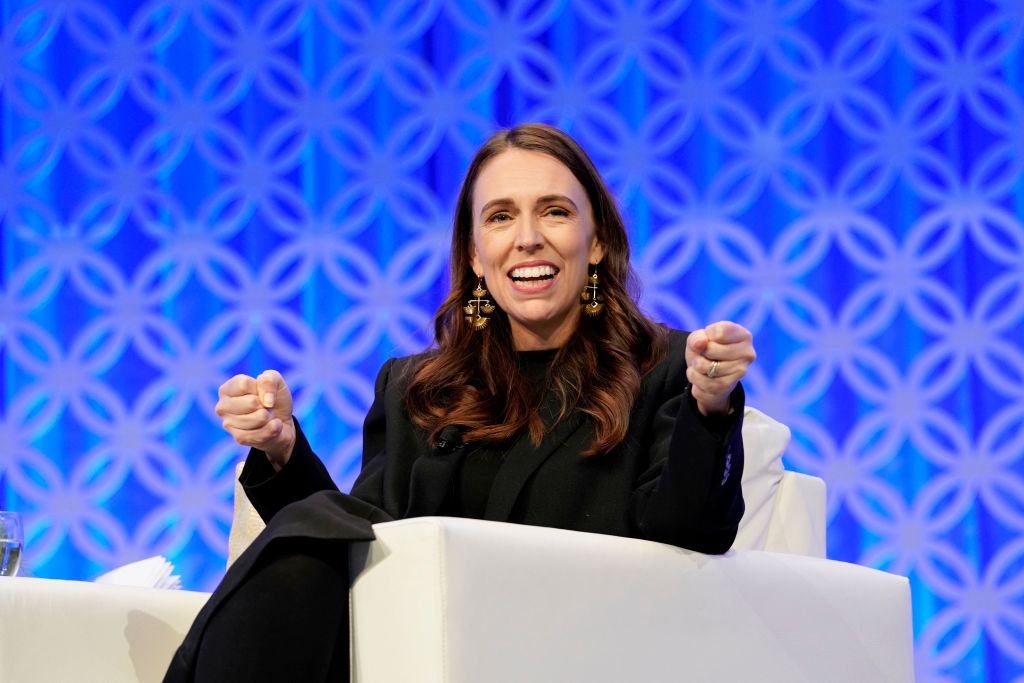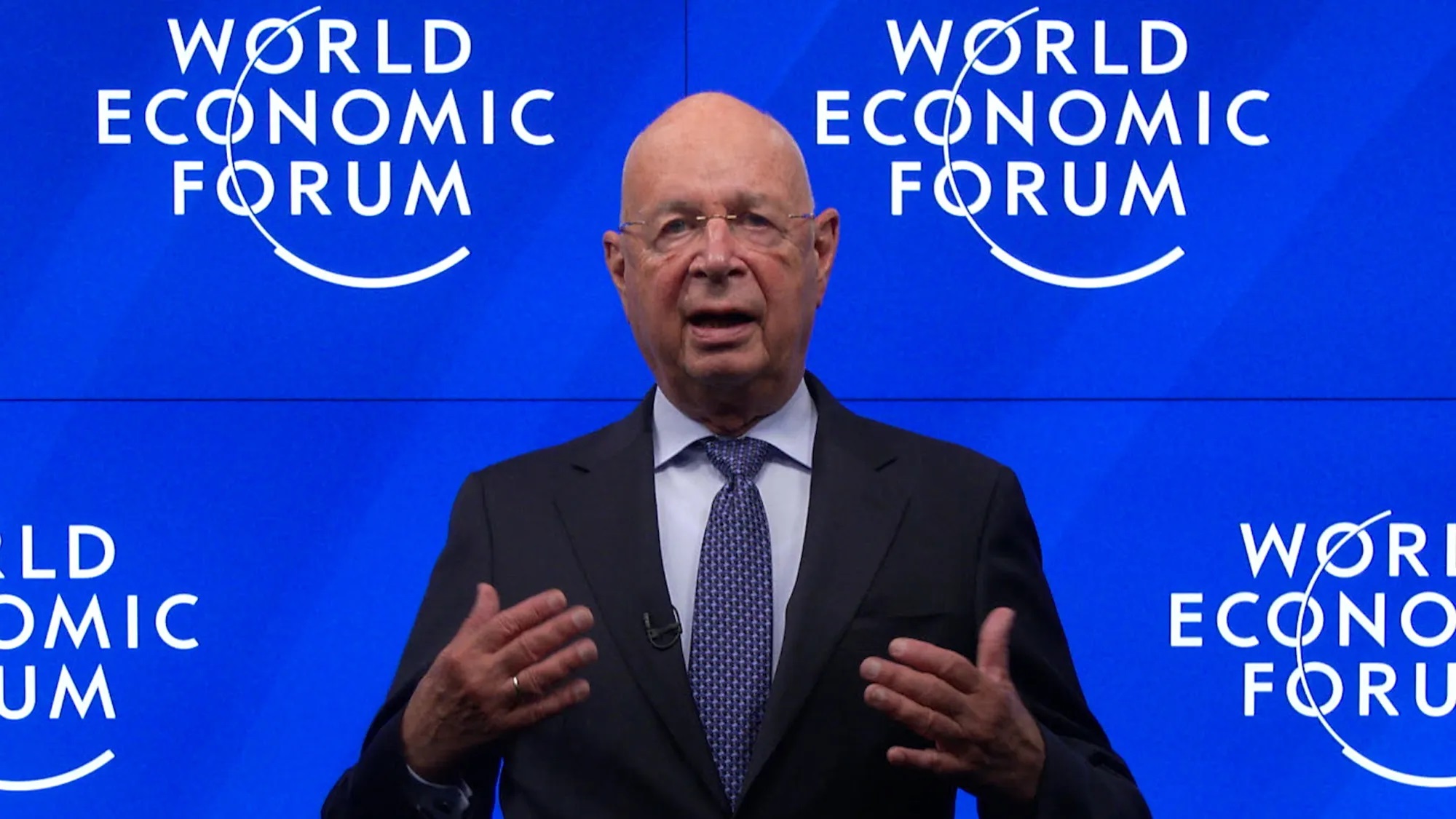According to the calculations of the Centers for Disease Control and Prevention (CDC), 92.2 percent of American adults have received at least one dose of the Covid-19 vaccine. But a new report published this month found that as many as one in four Americans have never received a shot. The finding casts doubt on the role that vaccines played in getting the pandemic under control, and further incriminates the CDC’s pandemic response, undermining its trustworthiness.
The report was prepared by the Covid States Project, a joint initiative of Northeastern University, Harvard University, Rutgers University, and Northwestern University. They surveyed almost 25,000 people across all fifty states and DC with state-level representative quotas for sex, age, and race. They found that vaccination rates were unambiguously lower than the CDC’s reported numbers. The cause of this discrepancy lies in the CDC’s flawed data collecting methodology — flaws which the agency intentionally overlooked.
According to CDC data, there are more vaccinated adults in Massachusetts than there are adults in Massachusetts. The reason is that if I get one Covid shot at a pharmacy in Boston and another in Worcester without showing my vaccination card, the CDC counts this as two vaccinated adults. Massachusetts being a national hub of scientific research and medical care, it isn’t surprising that a sizable number of residents received multiple shots and boosters. But the problem extends nationwide. Unless someone presents a vaccination card, the CDC registers them as a new vaccinated adult in the database.
The agency hasn’t been forthcoming about this major methodological deficiency. Observant visitors of the vaccination tracker page can find a note about it if they click on the right spot and from there click yet another link that leads to the tracking methodology. Meanwhile, for over two years, the CDC has allowed journalists and lawmakers to use these erroneous vaccination figures in reporting and rhetoric surrounding the creation and retirement of pandemic-era policies. The inflated figures granted some people an unfounded sense of comfort, while they gave others an opportunity to ostracize a seemingly tiny minority of Americans for not getting in line.
This methodology has also conveniently provided the government with the data necessary to link the dwindling of the pandemic to vaccine uptake, which helped justify lavish spending on vaccine development, purchasing, and distribution.
Given that the agency has been schooling the public about Covid-related misinformation since the beginning of the pandemic, one would think that its leaders would own up to their bad behavior. Instead, CDC Director Rochelle Walensky has repeatedly asked Congress to give the agency more authority so it can collect better data — even though it already has the ability to improve its data quality. Case in point: Walensky announced last summer an agency reform plan that involved better data processes and communication.
The immense discrepancy between the report and the CDC’s figures, coupled with the agency’s unwillingness to acknowledge it and its tacit support of the spread of misinformation, suggests that the CDC needs less authority, not more.
This is just the latest of a long series of data errors and dishonesty. Perhaps it’s time for the government to admit that the CDC just isn’t good at collecting data, and to delegate the hard work to private bodies that, unlike the CDC, still enjoy the public’s trust. As demonstrated by the report, the private sector seems far more competent in the matter and are already doing it free of charge.
By painting an inaccurate picture of vaccination coverage, the CDC has hamstrung the public’s ability to understand the vaccine’s value. How instrumental was the vaccine to getting the pandemic under control? If the spread has slowed despite low and decreasing booster uptake, what booster regimen should be recommended? Should the findings temper the government and insurance companies’ willingness to eat the five-fold price hike defended just this week by Moderna’s CEO before Congress? In case of a future pandemic, how many doses of a new vaccine should the government commit to purchasing?
The answers to these questions should shape both our continued response to the current pandemic and our preparedness strategy for future pandemics.
What’s clear right now, though, is that the public deserves an explanation from the CDC.
Elise Amez-Droz is a health policy manager in the Washington, DC area and a Young Voices contributor.



